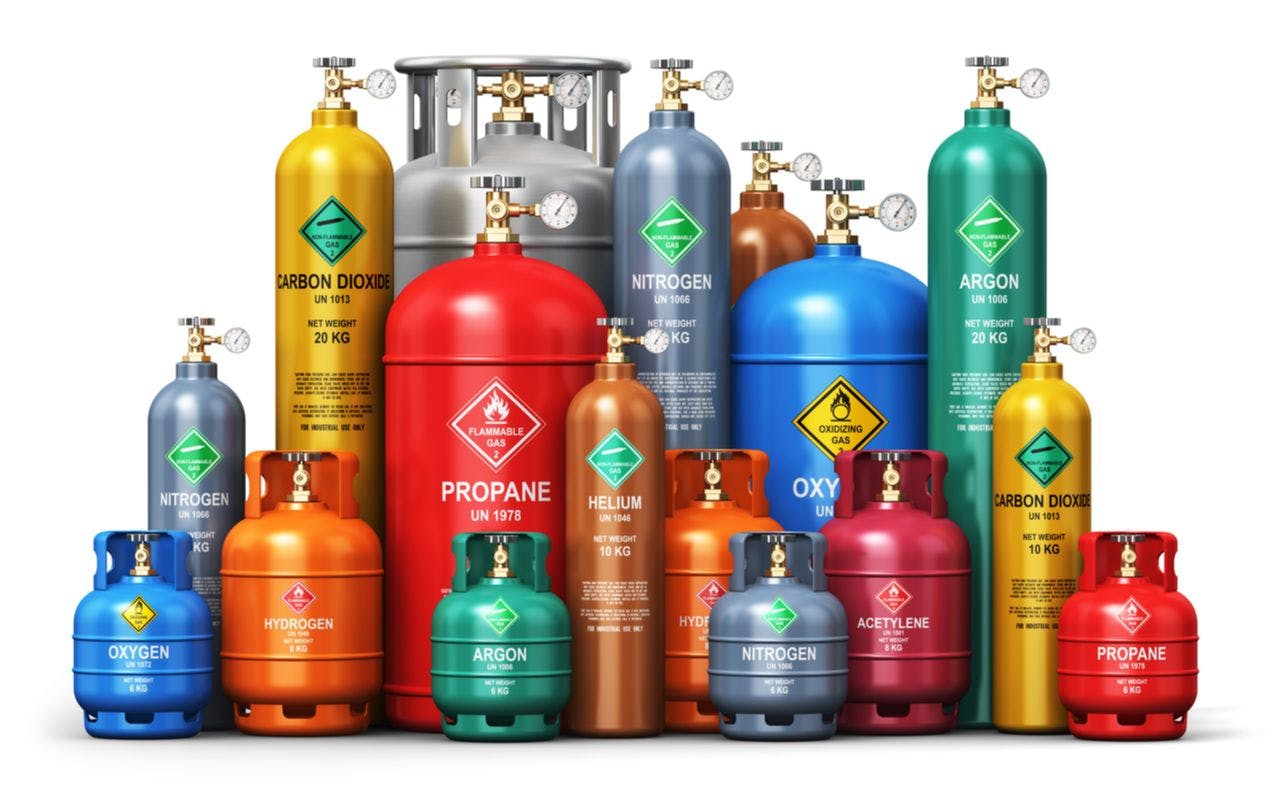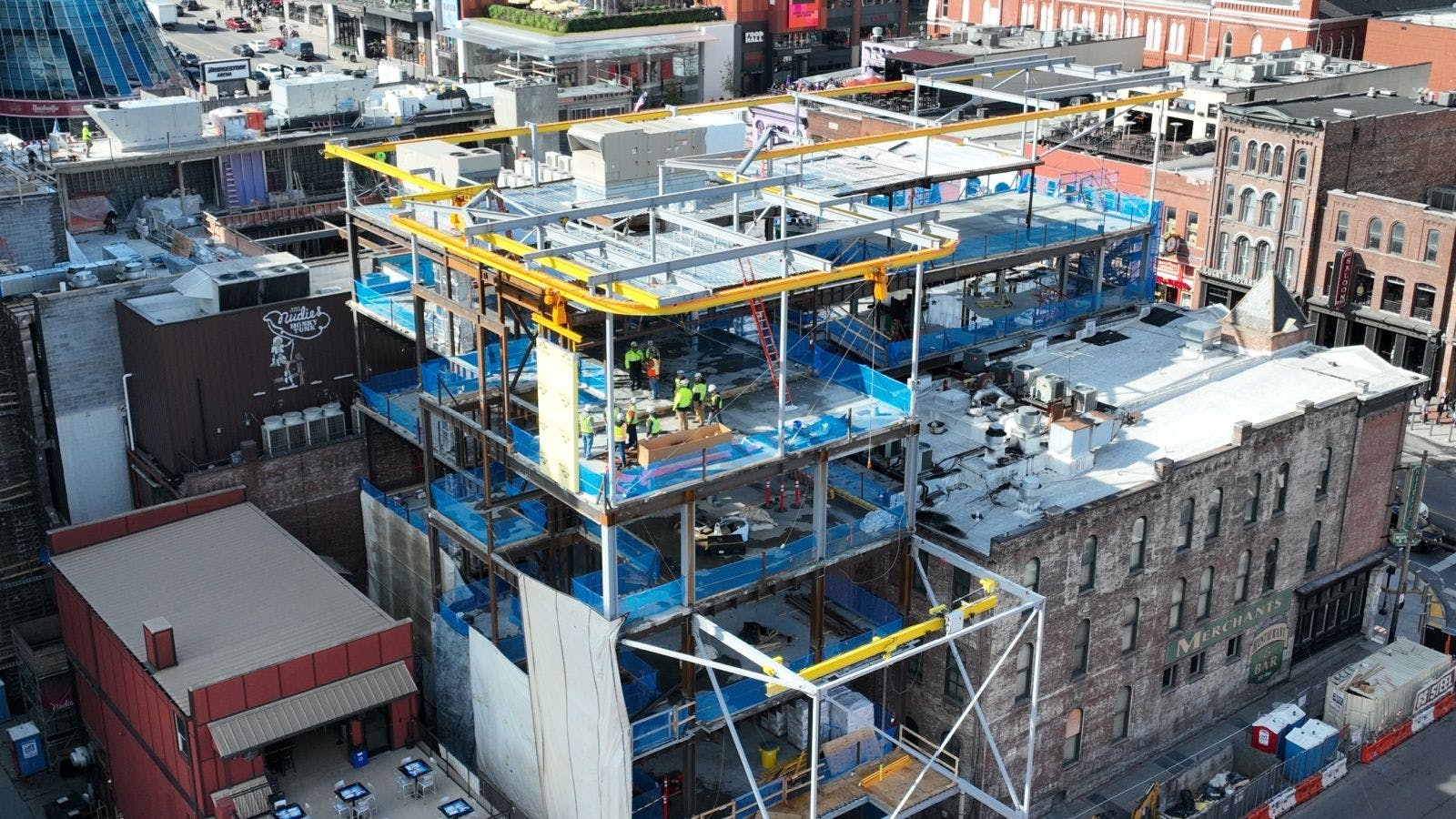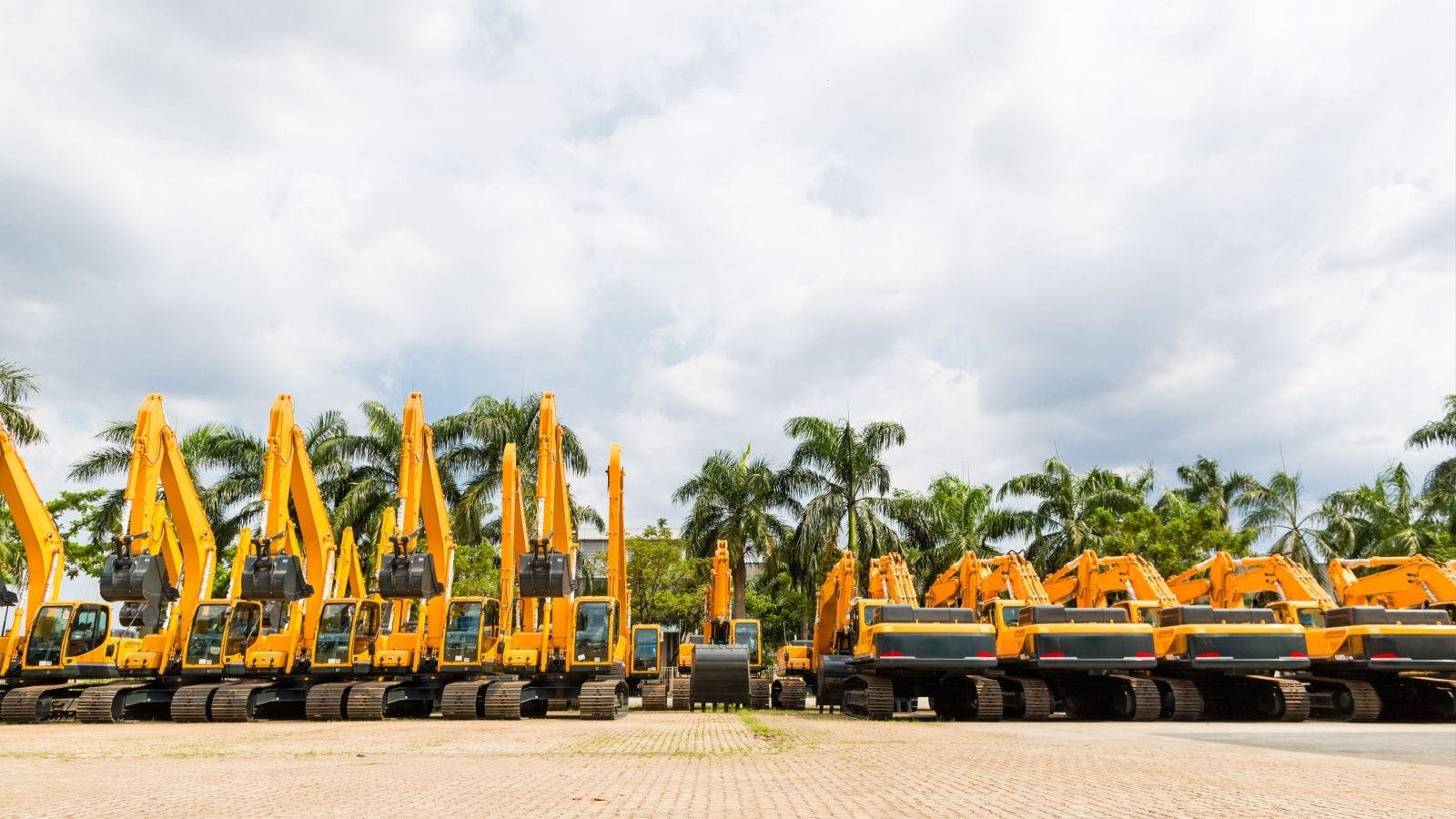
Propane Offers Versatile, Reliable Energy for Off-Site Construction
Off-site construction is becoming more popular, especially as a way to reduce construction costs, time and the use of natural resources. Powering critical systems and appliances with an affordable, reliable energy source—like propane—can help maximize efficiency, cost savings, and reduce the building’s carbon footprint.
Propane is a resilient, portable energy source
Propane is a portable energy source that can be stored onsite, allowing buildings to be located anywhere. It gives developers the chance to build gas developments on land that they’d previously thought to be less desirable because natural gas wasn’t available and the cost to extend the natural gas line was not feasible.
In some communities, building with natural gas simply isn’t an option—and if it was, it wouldn’t be cost-effective. Plus, natural gas infrastructure isn’t designed to quickly meet the growing trend of people moving away from city centers and into rural areas. Propane, on the other hand, offers a versatile, scalable source of gas that works with virtually any type of building or location.
Propane appliances offer energy efficiency and cost savings
Propane’s versatility extends to a wide variety of applications including water heaters, furnaces, ranges and ovens, fireplaces and standby generators, helping increase efficiency throughout a building. Compared with electric appliances, propane models can offer significant improvements to efficiency and, subsequently, energy costs.
Energy consumption can vary widely depending on the energy source used to power appliances and, according to a 2020 analysis from the Department of Energy (DOE), the energy costs of propane ($18.81 per million Btu) are less than half that of electricity ($38.28 per million Btu).
Not only do propane-powered appliances have lower annual energy costs than electric models, but many have a longer lifespan, too, resulting in a lower total cost-of-ownership. For example, propane tankless water heaters have 50% lower annual energy costs compared to electric storage tank water heaters and buildings with propane ranges and ovens have 20% lower annual energy costs compared with electric models.
Propane is clean, helping building owners decrease their carbon footprinT
As the industry continues to push sustainability and fight climate change, it’s more important than ever to power buildings and developments with clean energy sources like propane.
Propane offers a low-emissions energy solution, producing approximately 43% fewer greenhouse gas emissions than using an equivalent amount of electricity generated from the U.S. grid. That is because roughly 60% of the energy consumed in our power plants is lost before it gets to the building, either in production, transmission or transformation losses.
In major systems like water heating, propane can reduce greenhouse gas emissions by up to 57% compared with electric models. Additionally, propane furnaces emit up to 50% fewer greenhouse gas emissions than electric models.
Propane is a great energy solution for larger communities, too
For large multifamily developments, community propane systems offer a seamless energy option that operates just like a traditional natural gas system. Community propane systems deliver propane gas through a network of underground pipes that connect to the homes with individual gas meters. A tank or tanks, depending on the size of the community, are installed in one or more central locations below- or above-ground in a low-visibility common area. Each dwelling is metered separately, allowing homeowners to pay for the propane as they use it, just like with natural gas. Beyond in-home appliances, propane can also power community amenities such as backup generators, heated pools and clubhouses.
Related stories








